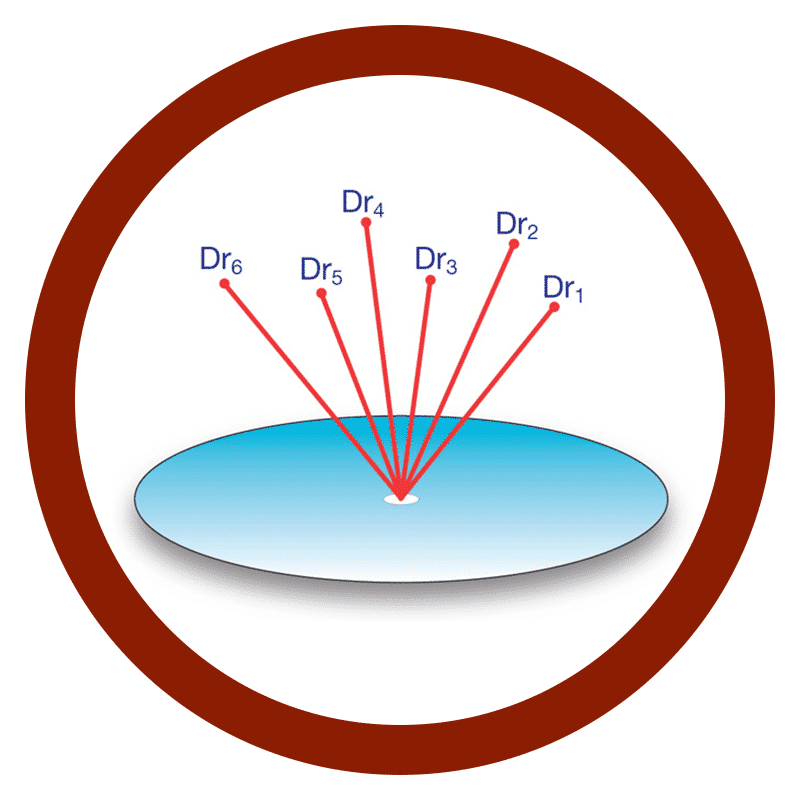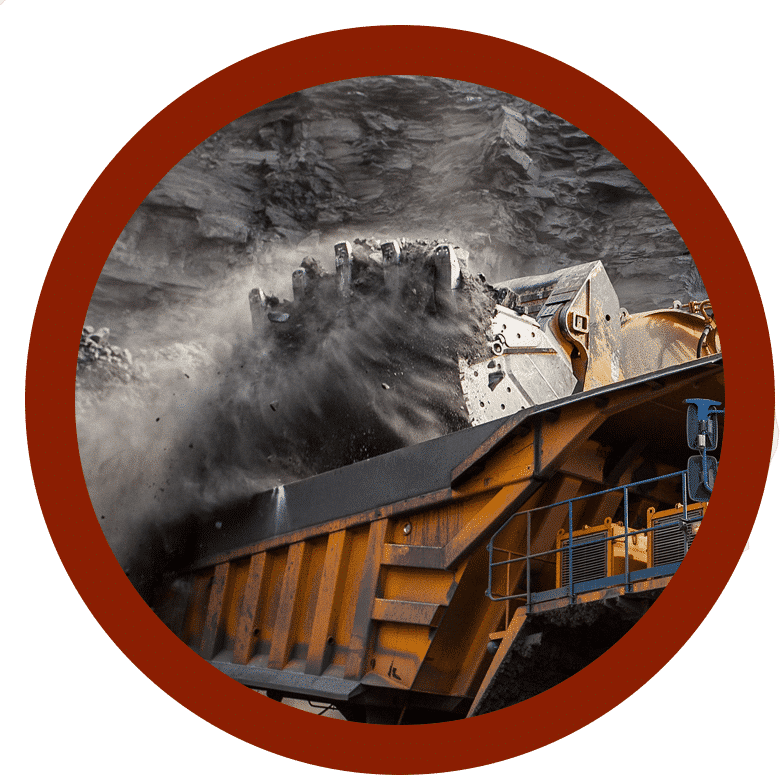Mining corporations make large investments in wireless communication network access points and mesh nodes that are designed to maximize throughput, efficiency and security of their operations. While radio communications hardware and software are key items in their mining network arsenal, the most important component that is often overlooked are the antennas. Common misconceptions such as “higher gain is always better”, and “All antennas are the same” can greatly impact network performance. Below are five key ways to help improve an existing network, or plan for a future deployment.

Spatial Diversity
With large equipment, almost every link is non-line-of-sight (NLOS). Multi-polarized antennas have built in spatial diversity on every feed, allowing for a higher probability of the antenna receiving a signal.

Radiation Patterning
Proper antenna selection is key for a successful deployment. With correct antenna propagation, networks can maintain connectivity even in difficult environments. Multi-Polarized antennas are available in various pattern types to meet many network requirements

Multiple Polarizations
When vehicles are on a hill, antennas may be on different radiation planes. Single polarity antennas will experience polarization mismatch. Utilizing multi-polarized antennas, changes in pitch or yaw will not slow network performance.

Multipath Mitigation
Multipath is common in wireless communications and often overcome with multiple feeds on a radio, forcing the firmware to do all the work. Multi-polarized antennas take the load off processors by utilizing multiple radiating elements to mitigate multipath in mining networks.

Durability
Moisture, dust, and fumes not only degrade wireless equipment over time, but can also impact signal strength and network speeds. Multi-Polarized antennas overcome network degradation caused by harsh environments.

Rugged Wave antennas can withstand impacts from falling rocks, resist chemicals, and operate flawlessly in clouds of gas and dust. By contrast, standard dipole antennas may not be able to maintain connectivity, withstand moisture, vibration, and impact. Multi-polarized antennas for mining network communications send and receive signals in all polarizations, enabling reflected signals to become usable in NLOS situations.
